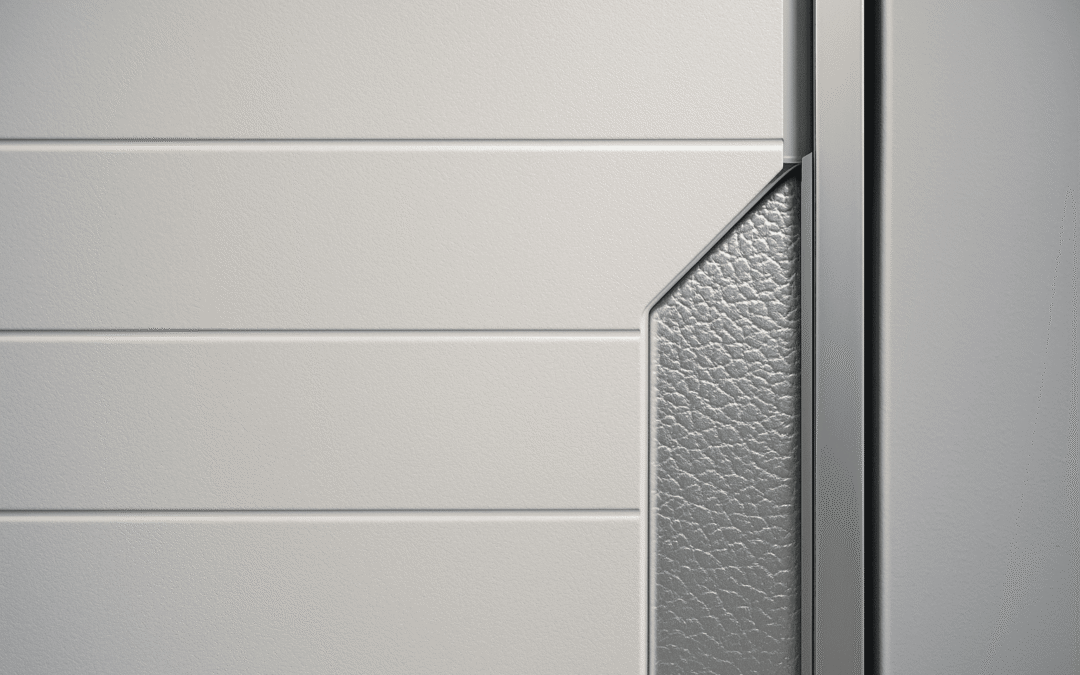Improving energy efficiency at home is essential for reducing environmental impact and energy costs. One often overlooked area is the garage door, which significantly influences indoor temperatures. Consulting experts can provide insights into effective insulation strategies.
Energy efficiency is a priority for homeowners looking to decrease utility bills and enhance comfort. Among various methods, garage door insulation stands out as an impactful solution. By reducing temperature fluctuations, insulated garage doors help maintain consistent indoor conditions, leading to energy savings over time. Consulting with Garage Door Doctor can provide professional insights into the best insulation strategies for your home.
Understanding Garage Door Insulation
The garage door is a crucial part of your home’s thermal envelope. It can be a major source of heat loss in winter and heat gain in summer. Without proper insulation, garages can drain energy, affecting overall home efficiency. Installing effective insulation can reduce thermal transfer through your garage door.
Insulation maintains a stable indoor environment by acting as a barrier against outside temperatures. This consistency not only reduces heating and cooling costs but also enhances comfort in living spaces adjacent to the garage. Properly insulated doors prevent drafts, making homes more energy-efficient.
Choosing the right insulation for your garage door involves considering factors like climate and existing home insulation. Whether your goal is to reduce energy costs or increase comfort, understanding these elements is essential for optimal results.
The R-value of garage door insulation materials plays a crucial role in their effectiveness. Higher R-values indicate better insulating properties, with most residential applications requiring values between R-8 and R-16. This rating system helps homeowners make informed decisions about insulation materials based on their specific climate needs and energy efficiency goals. Understanding R-values ensures that your investment in garage door insulation delivers optimal performance and energy savings.
Benefits of Well-Insulated Garage Doors
A well-insulated garage door offers numerous advantages beyond energy savings. One primary benefit is enhanced comfort by stabilizing indoor temperatures, reducing reliance on heating and cooling systems. This stability translates into savings on utility bills.
Additionally, insulated garage doors contribute to noise reduction, creating a quieter living environment. This is particularly beneficial in homes where garages are used as living or working spaces. The insulation acts as a sound barrier, minimizing disturbances from outside noise.
Financial benefits are complemented by increased home value and improved longevity of HVAC systems due to reduced strain. Investing in quality insulation for your garage door not only saves money but also adds long-term value to your property by enhancing its energy efficiency profile.
Well-insulated garage doors also provide significant protection for vehicles and stored items. Temperature stability helps prevent moisture buildup that can lead to rust, mold, and deterioration of belongings kept in the garage. During extreme weather conditions, this protection becomes particularly valuable, as it helps maintain a more controlled environment that safeguards everything from tools to seasonal decorations, extending their useful life and preserving their condition.
Types of Garage Door Insulation
Several materials are available for insulating garage doors, each offering different levels of effectiveness and cost-efficiency. Common options include foam board, reflective foil, and fiberglass batt insulation. Each type has unique properties catering to various climates and homeowner preferences.
Foam board insulation is known for its high insulating value relative to its thickness, making it ideal for small spaces without sacrificing efficiency. Reflective foil works best in areas with intense sunlight as it reflects radiant heat away from the surface, while fiberglass batt is affordable and easy to install.
When choosing an insulation material, consider factors like installation ease, budget constraints, and specific climate conditions in your area. Consulting with professionals can help determine the most suitable option for your needs.
DIY vs. Professional Insulation Installation
Tackling garage door insulation as a DIY project can be tempting due to potential cost savings; however, it requires careful consideration of installation techniques and materials used. Mistakes in installation could lead to gaps or insufficient coverage that compromise efficiency.
Consulting professionals ensures you receive expert advice tailored to your specific circumstances. Professionals have access to quality materials and advanced techniques that guarantee optimal performance and longevity of the insulation work done on your garage doors.
The expertise offered by professionals can also save time and prevent costly errors associated with improper installation methods commonly encountered in DIY projects.

Recent Comments